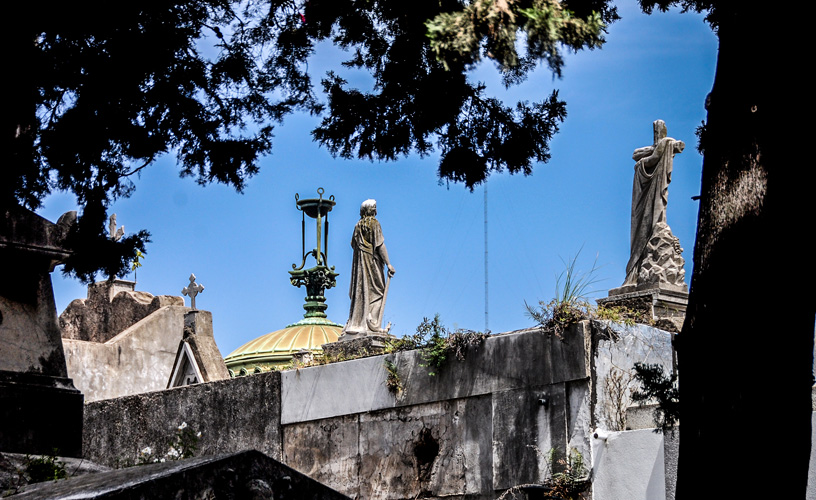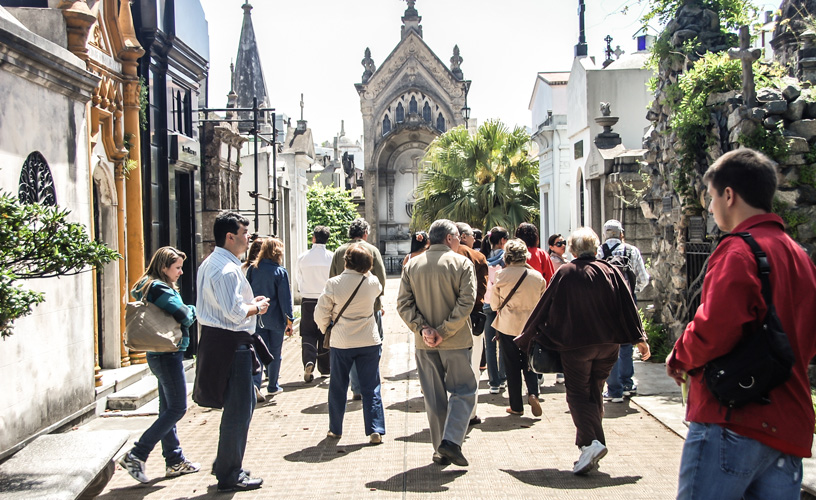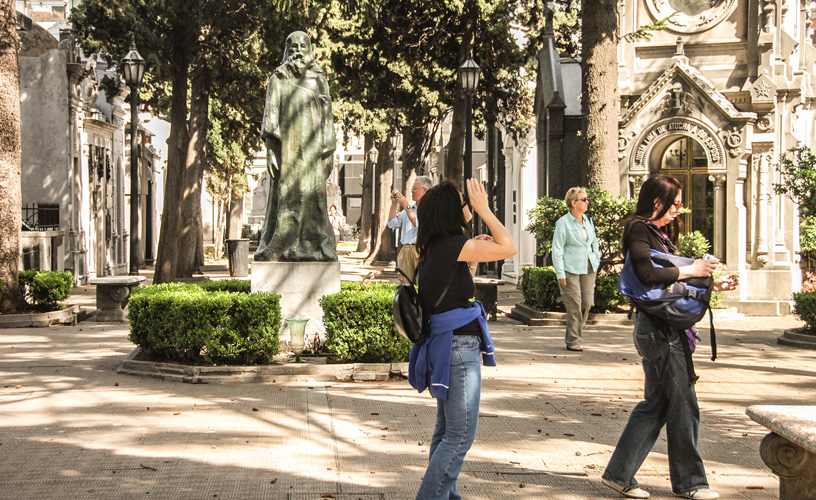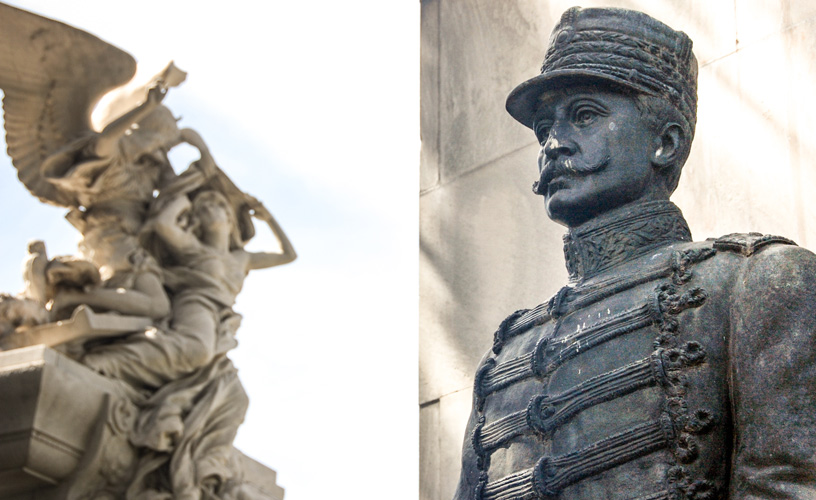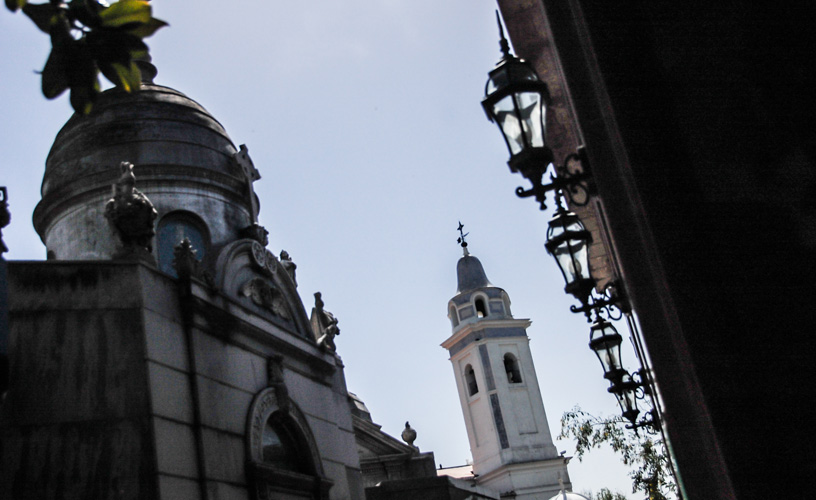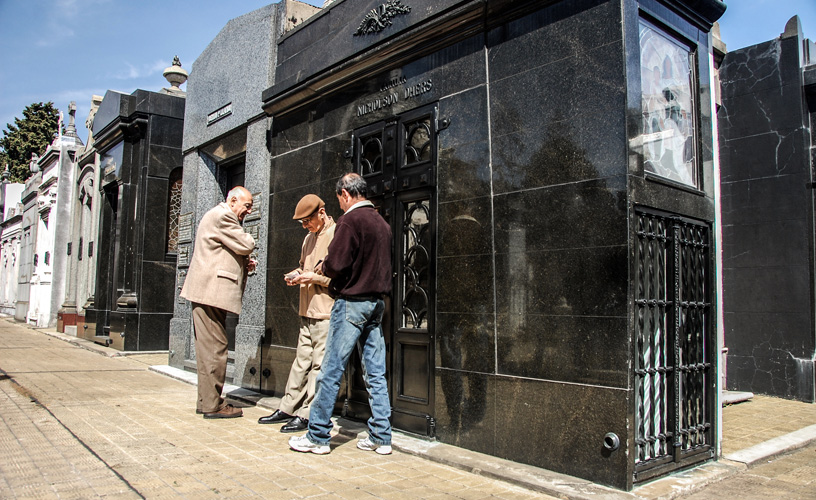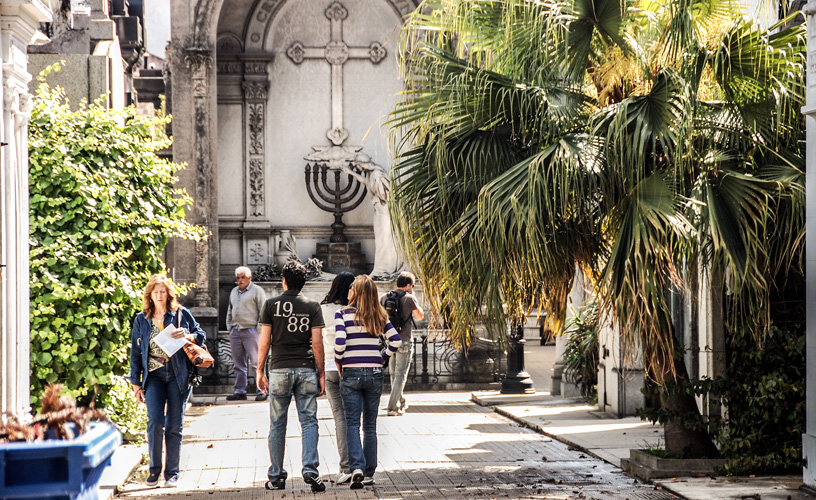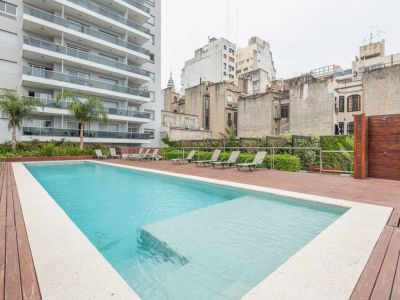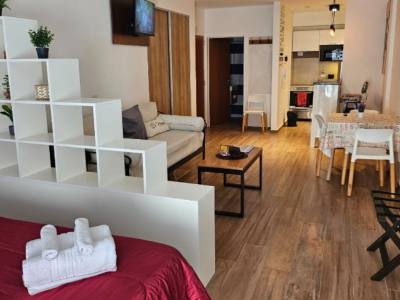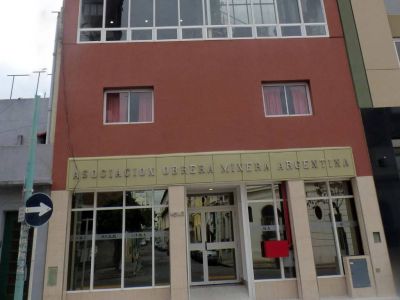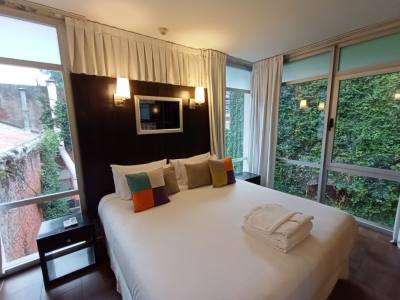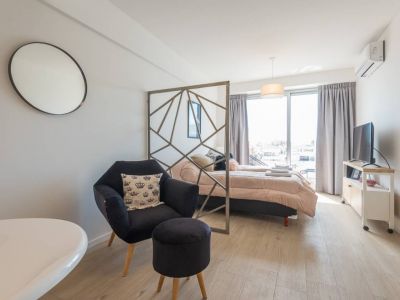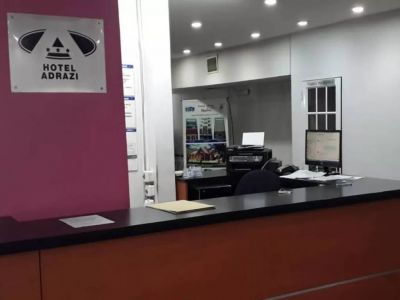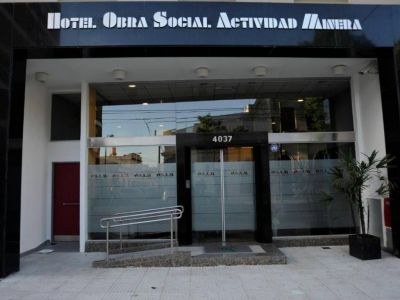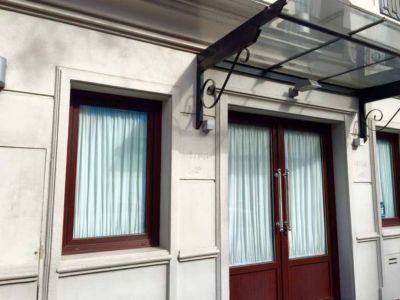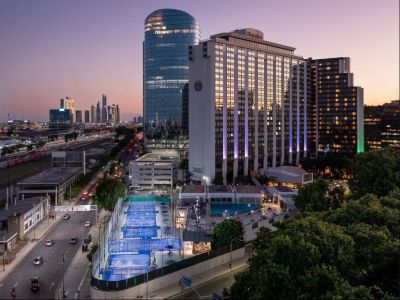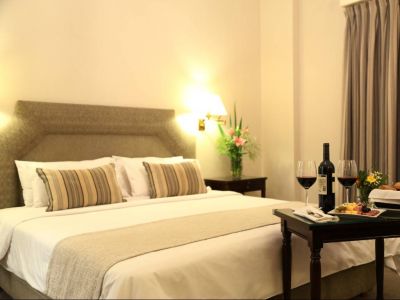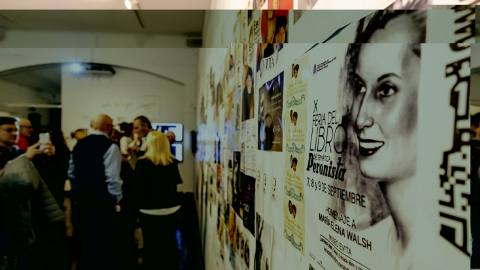Thousands of tourists wander around the City of Buenos Aires every day and hundreds gather up at the Recoleta neighborhood. A classic in this place is its cemetery, which enables visitors to understand Argentina from the most unimaginable place, of course with the help of qualified guides. The Recoleta Cemetery has become a well-known necropolis not only because the remains of many celebrities rest there but also due to the complex architecture featured by its inner streets and façades. The most varied sculptural works of different styles and periods may be observed in this site. A clear example of its artistic value is that over seventy of its vaults have been declared National Historical Monument.
A Tour around the Recoleta Cemetery
Located at 1790, Junín Street, the venue housing the cemetery was sold in several occasions. Its lands were first granted by Juan de Garay in favor of Rodrigo Ortiz de Zárate in 1583. Given the popular name Los Ombués, part of the plot was covered by these trees. Even today, some specimens descending from those plants make up the natural environment.
Later on, the lands passed onto the hands of several owners, like Mr. Fernando de Valdez e Inclán and doña Guerrera y Hurtado, who donated part of the plot for a convent to be built.
Pablo Etchevers
Eduardo Epifanio
